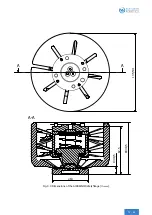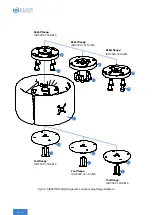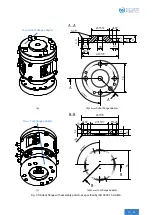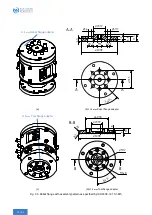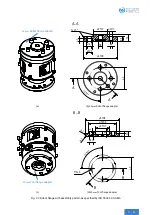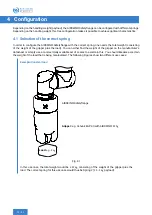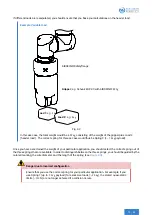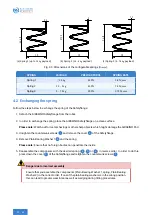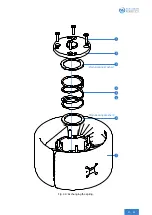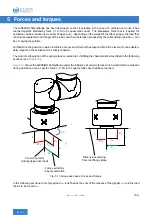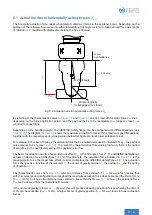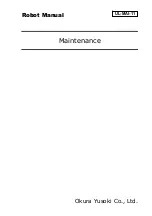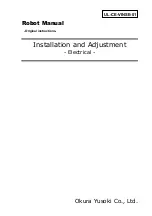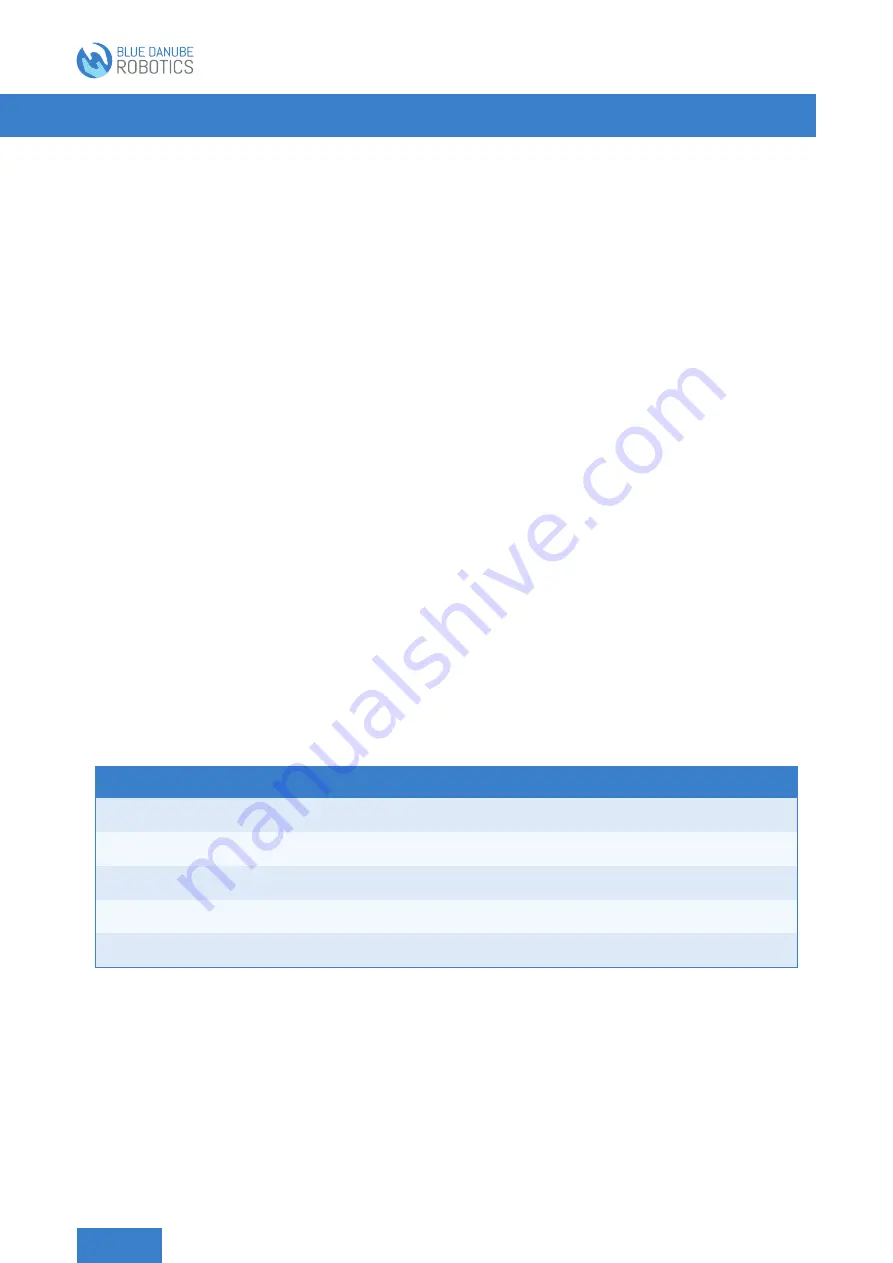
3 Description of the AIRSKIN® Safetyflange
3.1 Functionality
The AIRSKIN® Safetyflange is a collision sensor for end effectors such as grippers. If the end effector or the load
that is being moved collides with a person or object, this leads to the machine being safely stopped.
The AIRSKIN® Safetyflange is a coupling between the robot arm and the end effector, and has 4 degrees of free-
dom (3x rotation around axis + translation along the z-axis). The Safetyflange is encased in an AIRSKIN® Pad,
an airtight covering in which safe sensor electronics have been integrated. Any displacement of the Safetyflange
(within the 4 possible degrees of freedom) leads to deformation of the pad. This changes the air pressure within
the pad, which is duly recognized by the electronics. If such a change is detected, this immediately triggers an
emergency stop.
In terms of freedom of movement, the AIRSKIN® Safetyflange is designed in such a way that – once a collision
has occurred – it can displace by a certain angle or give way along the z-axis in translational motion. Whether an
axial displacement along the z-axis or a displacement around an axis ensues will depend on the type of collision.
Depending on the nature of the collision, the AIRSKIN® Safetyflange will behave as follows:
Vertically acting force (along the z-axis):
Forces that act along the z-axis produce a vertical displacement of the collision object. The maximum
compliance along the z-axis is
11 mm
.
Vertically acting force (outside the z-axis):
Forces that act outside the z-axis produce tilting torque. The maximum tilt angle is
±
8
.
8
°.
Horizontally acting force (in plane with the z-axis):
Horizontal forces that act against the flange in plane with the z-axis produce tilting torque. The maximum
tilt angle is
±
8
.
8
°.
Horizontally acting force (not in plane with the z-axis):
Horizontal forces that impact on the flange (but not in plane with the z-axis) produce torque around the z-
axis. The maximum displacement around the z-axis is
±
10
°, coupled with translation against the z-axis of
up to
3 mm
.
TYPE OF COLLISION
BEHAVIOR
COMPLIANCE/DISPLACEMENT
Vertical (along the z-axis)
Translation along the z-axis
11 mm
Vertical (outside the z-axis)
Tilting
±
8
.
8
°
Horizontal
Tilting
±
8
.
8
°
Torque
Displacement around the z-axis
±
10
°
Torque (coupled)
Translation along the z-axis
3 mm
You can find a precise description of these forces and torques in

















